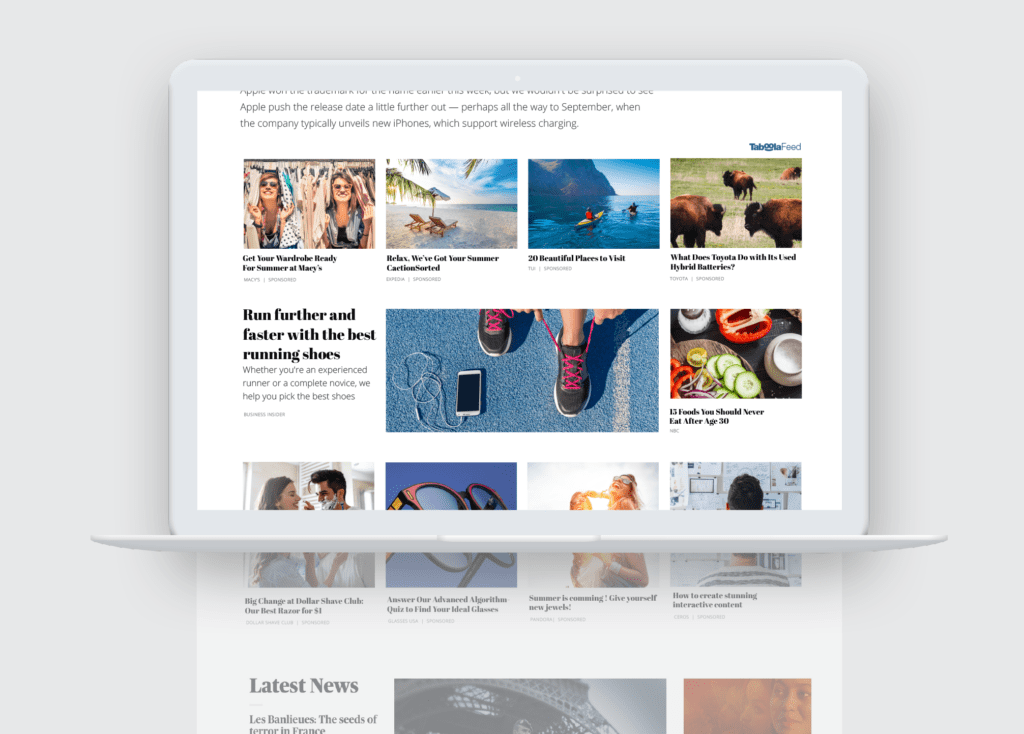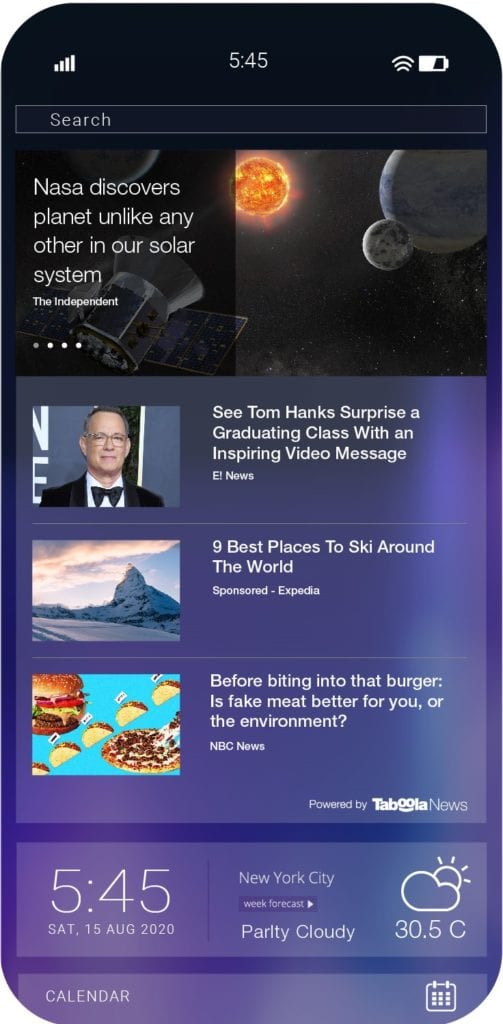|
Getting your Trinity Audio player ready...
|
Headquartered in New York City with offices in 18 cities worldwide, Taboola is well-known to publishers across the globe – the company’s platform, powered by deep learning and the largest dataset of content consumption patterns on the open web, is used by over 20,000 companies to reach over 1.4 billion people each month. The company has just launched its global partner program creating an opportune moment for WNIP to catch up with Adam Singolda, Taboola’s founder and CEO, to find out more about the company’s latest developments…
Can you refresh us about your company’s origins?
I founded Taboola in 2007 in Israel, after finishing my time in the army there. I was living at home with my parents, watching TV, and was frustrated because I couldn’t find anything interesting to watch. I thought, I shouldn’t be looking for what to watch, what to watch should be looking for me. That’s when me and several friends from the army set out to build software that would introduce consumers to content they like, but never knew existed: a search engine in reverse.
Today, Taboola delivers half a billion recommendations every month, and advertisers use us to reach their target audience when they’re most receptive to new messages, products, and services. Digital publishers use Taboola to drive audience monetization and engagement.
What business problem does your company address?
Our vision is to help people discover things they might like and never knew existed – what we call a “moment of next” – and to preserve and sustain the open web and journalism. We’ve helped news publishers thrive, paying millions to them and helping to keep people coming back & subscribing. The way we do business is what we refer to as a “win-win” culture. Too many of the big platforms are walled gardens, and most of their growth comes at the expense of publishers and brands – in other words, their growth is founded on a “win-lose” strategy. They grew, their partners lost. Because we’re not a consumer brand – and because we will never become one – the only way for us to grow is for our partners to grow, and for the open web and journalism to grow.

What are your core products addressing this problem?
We work with publishers using long term agreements, and provide the following:
- A platform through which they can grow their business (engagement) and surface their own content (Feed)
- An editorial platform with data-driven insights (Newsroom)
One of the things we’re trying to push is to bring dollars from social and search into the open web and support journalism in the process. So that is why we exist. And that’s our purpose.
Can you give some examples of publishers successfully using your solutions?
We partner with over 20,000 companies around the globe. In the UK and US, our discovery solution is strengthening audience ties and profitability for multiple well-known publishers like The Independent, Bloomberg, CNBC, Bauer Media, NBC News, USA TODAY, BILD, Huffington Post, Business Insider and many more premium publishers.
Across our wider portfolio, Taboola Newsroom is fast becoming a go-to resource for digital media groups looking to ramp up their data-based activity, such as Hearst, while Taboola PRO is a program designed to equip brands, agencies, and marketers with the best practices they need to increase customer acquisition, platform adoption, campaign success, and growth potential across their digital properties using Taboola’s platform. Companies like Omnicom have already strengthened their expertise in native advertising to further drive the success of our clients.
Taboola News is our newest platform, where OEMs and carriers can integrate Taboola’s SDK to surface an “Apple News”- like product into each device at the point of sale, engaging consumers in the Android community and driving engaged users back to the open web. Taboola News is used by Sony, Vivo, American Movil, ZTE and others.

How do you view the future?
The news business is changing, especially in COVID times, and lockdown means we’re seeing big shifts in what users are reading – for example, staycations and cancelled holidays are trending. It means people are reading more, and across a growing number of devices.
The future is bright for news organisations that focus on keeping readers engaged. Part of that is using data to understand trends. It’s also about having a sustainable revenue source.
Thank you.



